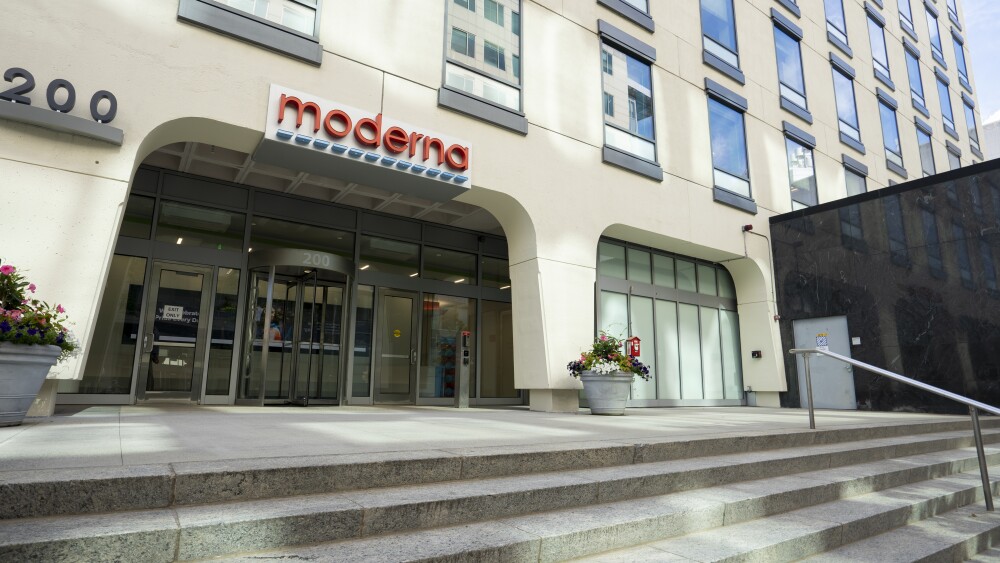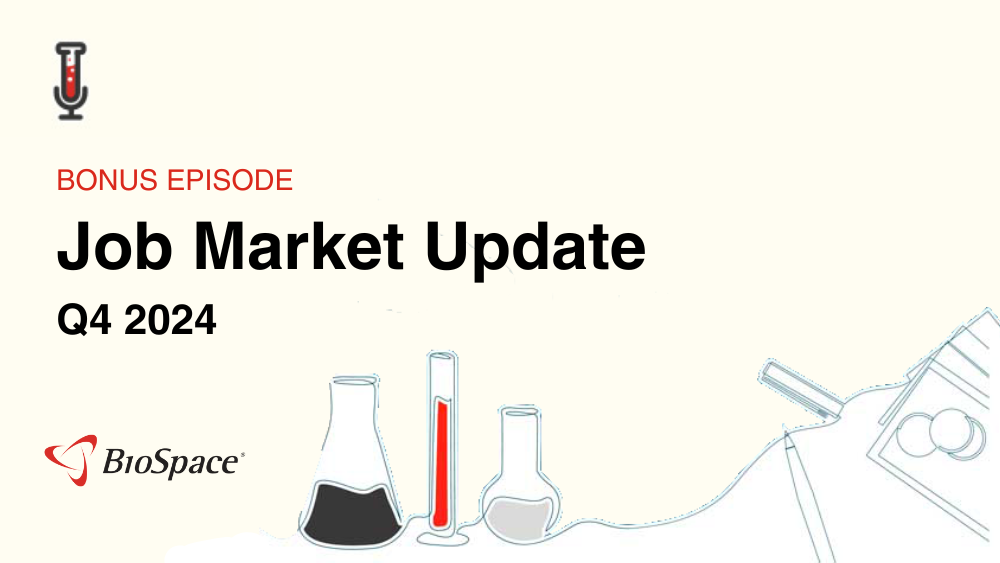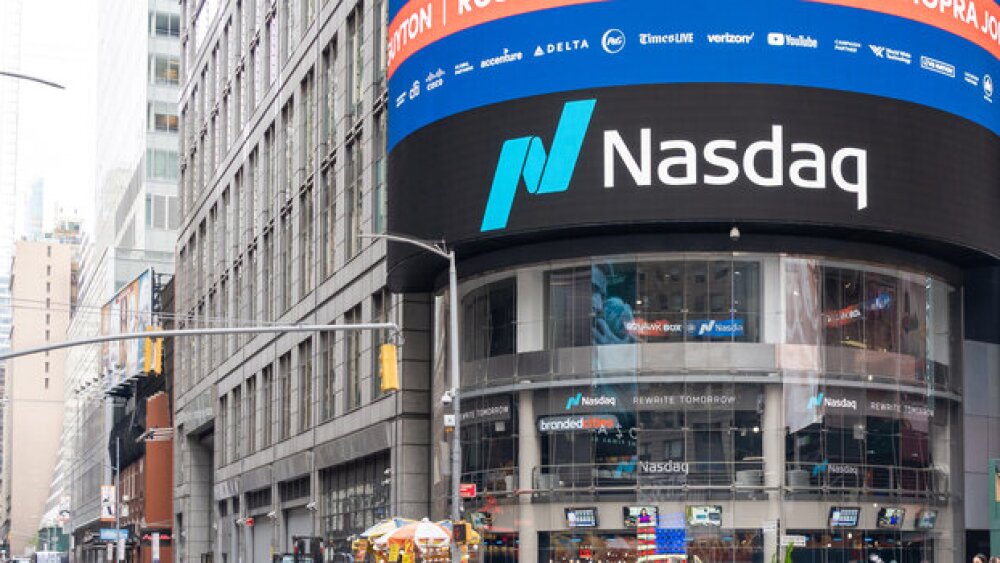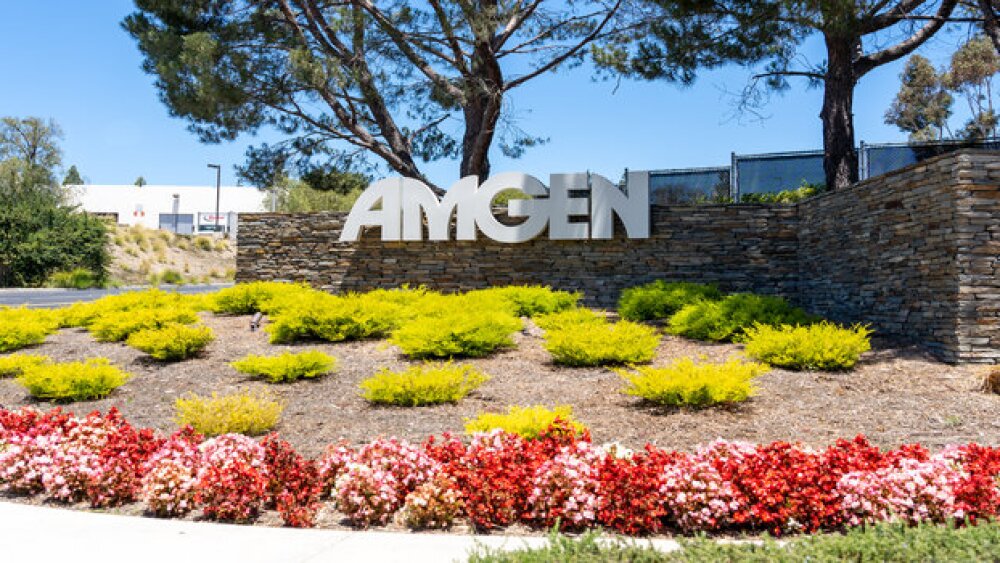All News
Biopharma executives shared their thoughts on the potential impacts of the new administration; Annalee Armstrong recaps JPM and her talks with Biogen, Gilead, Novavax and more; Wegovy’s higher dose induces more weight loss; AstraZeneca and Daiichi Sankyo’s Dato-DXd scores its first FDA approval.
Computational research conducted by scientists from Washington University in St. Louis shows that GLP-1 agonists can have mental and cognitive health benefits but may also harm the kidneys and pancreas.
The funding, which follows the $176 million the government awarded Moderna in June 2024, aims to get mRNA vaccines ready before bird flu strains currently circulating in the wild and on farms can potentially cause human outbreaks.
In this bonus episode, BioSpace’s vice president of marketing Chantal Dresner and careers editor Angela Gabriel take a look at Q4 job market performance and what we expect to see ahead.
BioSpace has revealed its 2025 Hotbed Maps, showcasing nine regional hot spots for life sciences activity.
Datroway, formerly known as Dato-DXd, significantly improved median progression-free survival in a Phase III study but failed to do so for overall survival.
While some analysts expect the 2025 IPO market to be relatively cool in the near-term, others anticipate more bids than in 2024.
Biogen’s effort to buy Sage reveals its “desire to expand its pipeline at a discount,” according to analysts from BMO Capital Markets.
Traditionally carrying a dire prognosis, the treatment paradigm for multiple myeloma is changing, with CAR T therapies, bispecifics and more contributing to multifaceted regimens unique to each patient’s needs.
Even before the FDA’s recent approval of Dato-DXd in breast cancer, analysts predicted sales of the antibody-drug conjugate could hit $5.9 billion in 2030. However, the asset faced a series of setbacks in 2024.
As the year gets underway, analysts and biotech executives highlight cell therapy’s pivot from oncology to autoimmune diseases, a continued appetite for next-generation obesity drugs and an increased focus on neuromuscular, kidney and cardiovascular diseases.
There are currently no treatments available for celiac disease beyond a gluten-free diet. Several late-phase companies aim to change the paradigm and deliver hope and progress soon.
The conversion of Calquence’s accelerated approval in mantle cell lymphoma comes a day before the drug was listed among the 15 products to be subject to IRA-prescripted price negotiations for Medicare this year.
The data suggest the high dose nearly closes the efficacy gap with Zepbound.
Biopharma executives make their predictions for the year ahead, from a bold forecast for the return of the megadeal to a plea for the slow, healthy recovery of the industry at large.
Drugmakers will have until the end of February to decide whether they want to participate in the second round of Medicare negotiations or not. CMS has until June 1 to send an initial offer for the adjusted prices.
The Phase III CodeBreaK 300 study returned disappointing overall survival data for Lumakras plus Vectibix in metastatic colorectal cancer, but in its approval announcement, the FDA pointed to significant improvements in progression-free survival, calling it the “major efficacy outcome” of the trial.
Novartis is locked in a legal back-and-forth with MSN Pharma over alleged patent infringement of its heart failure drug Entresto.
Boehringer Ingelheim’s trio of late-stage schizophrenia failures on Thursday came a day after the Department of Health and Human Services hit back on the pharma’s legal challenge to the IRA’s drug price negotiation program.
As I ran from interview to interview across San Francisco, I was consistently warmed by the stories I was told by biotech and pharma executives—and the general comradery in the air throughout the chaotic event.




















